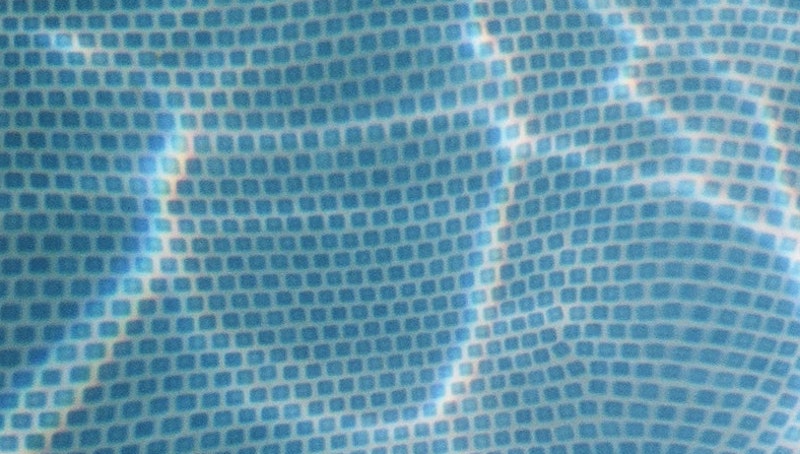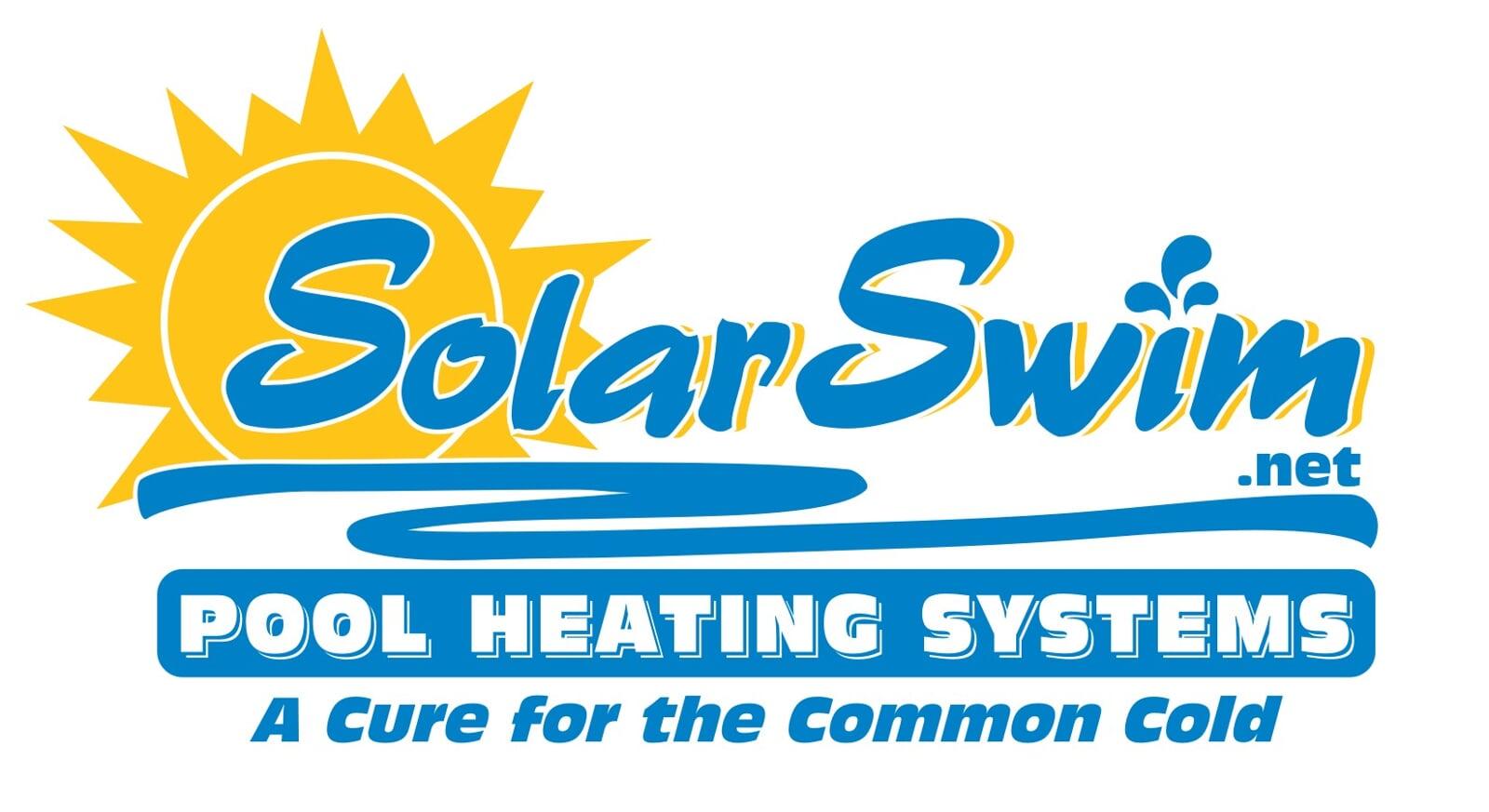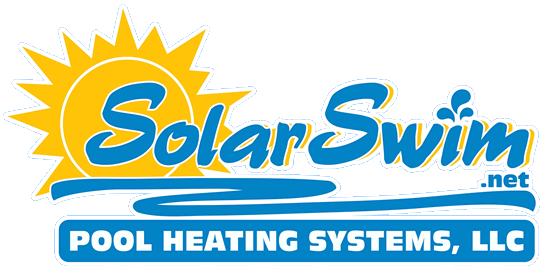
In our business, we constantly come across homeowners shopping a new pool and deciding which company to use. Let’s have a look at some hypothetical proposals for your new pool installation and the variables that might drive your decision making.
Company A is offering a 1 hp standard duty pump, cartridge filter, an in-floor automatic cleaning system and all 2 inch piping and valves for a 550 square foot 20k gallon pool.
Company B is offering a built-in appliance type cleaning system (with additional ¾ hp standard duty motor), a 1.5 hp pool pump, Sand or DE filter and no discussion of pipe size (generally meaning cheaper 1.5 inch pipe).
And Company C being the last to show up trumps the others and offers to install a 2 hp pump, a self contained electric (robotic) cleaning system (i.e. Dolphin, Aquabot), and a set of “Jacuzzi style” spa jets to liven up the step section along with a low maintenance sand filter (again no discussion of pipe size).
All companies are around the same price offering the same basic pool design. All are offering the choice of filter types. The salesman of company C gets the deal. Who could refuse Jacuzzi style jets, a low maintenance filter and a pump that is twice as big and twice as ‘good’ as the first companies’ contract proposal. The point is that companies will give you or tell you or sell you whatever they need in order to get a deal and they are constantly building pools with 2 hp pumps when a 1 hp pump or less is all that is needed. Right out of the gate, you will spend greater than twice as much on electricity every year with package C as you would have done with a more responsibly designed and equipped pool and even as much as 150% more with the prolific use of an electric pump dependent cleaning system!
None of the above examples are perfect but Company A provides the best SPEC design and therefore the most sensible investment for you. The simple substitution of an energy-efficient ½ hp pump would have made the deal even sweeter and cut the cost of electricity by 75% or more over deal C! Unfortunately, it is difficult, almost impossible to sell a package to the average consumer based upon a ½ hp pool pump when another company is offering a 2hp pump for the same price. No one wants to feel ‘shorted’ and the average consumer will almost always opt for the larger model ‘just to be on the ‘safe’ side. This is the dilemma of the pool contractor and the reason for the unnecessary proliferation of 2 HP and now even 2-1/2 HP Pumps! (I kid you not. Even the aboveground pool retailers are offering 2 and 2.5 HP aboveground pool pumps to ‘enhance’ their packages insisting that they are simply ‘better’ or that you are getting ‘more for your money’ compared to other companies offers. Imagine, a filter with a 40-50 GPM flow rate that is pushed to the limit with a standard duty ¾ hp pump now being paired with a 2 HP pump!). Why anyone would want to spend 2 or 3 times as much as they need to on electricity for their pool pump is anyone’s guess. Maybe a macho thing! And yet, our customers laugh at the prospect of a newer energy-efficient ½ HP pump but believe me when I tell you they are not a joke! We Install half horsepower pumps all the time (our largest seller) and see flow rates approaching 85 GPM. The new energy-efficient half horsepower pumps are capable of delivering flow rates far greater than older 1 HP pumps and rates approaching standard duty 1.5 HP pump designs. All but the largest pools with demanding water features can be run on a half horsepower, high flow rate, energy-efficient pump. On paper, the half hp pump can do 90 GPM with no head pressure loss! 90 GPM is more than the maximum flow you can pass through 2 inch piping, regardless of design so there is little or no benefit to a larger pump meaning all that most residential pools need is an energy-efficient ½ or 3/4 horsepower pump! Whereas any pool utilizing 1.5 inch piping, multiport, or filter interconnects can and should be run on an energy-efficient ½ hp pump, the use of a larger unit will not result in any real-world increase in performance (flow rate or filtration capability)! We would hope to see this trend continue in the future with the development of 60-80 GPM 1/3 or even ¼ hp pumps! We find that unless the homeowner has complete and total confidence in the contractor or can be convinced to compare published performance curves, they are quick to discount the smaller pumps. Similar to when they do not know anyone personally using and enjoying a solar heated pool, they don’t know anyone successfully using a ½ hp pump and they remain skeptical as to how well it may work. A recent meeting with a customer seeking a solar heating estimate and building a brand new pool was productive in that I convinced him to exchange the 2hp “Superpump” they were about to install with one of the energy-efficient models. I showed a comparison of the performance curves which places the EE 1HP pump as the nearest replacement to the standard duty 2hp. Where the 2 hp was just too much flow and energy use, so was the EE 1HP!
If I had recommended a perfectly adequate ½ hp or even a ¾ hp pump I would have been met with major skepticism from both the homeowner and the pool contractor. I felt, in this case, a drop of 50% in energy costs was adequate even though a 75% reduction would have yielded similar results. Look at the published performance curves and match pump size (flow) to filter and pipe size. You will be shocked at the results!
Let me state again in case you didn’t fully understand “all that most residential pools need for adequate circulation is an energy-efficient ½ hp or ¾ hp pump!” Here is our explanation why and we encourage you to also click the link to the left which addresses similar concerns entitled: “What Size Pump Do I Need for My Pool?”


